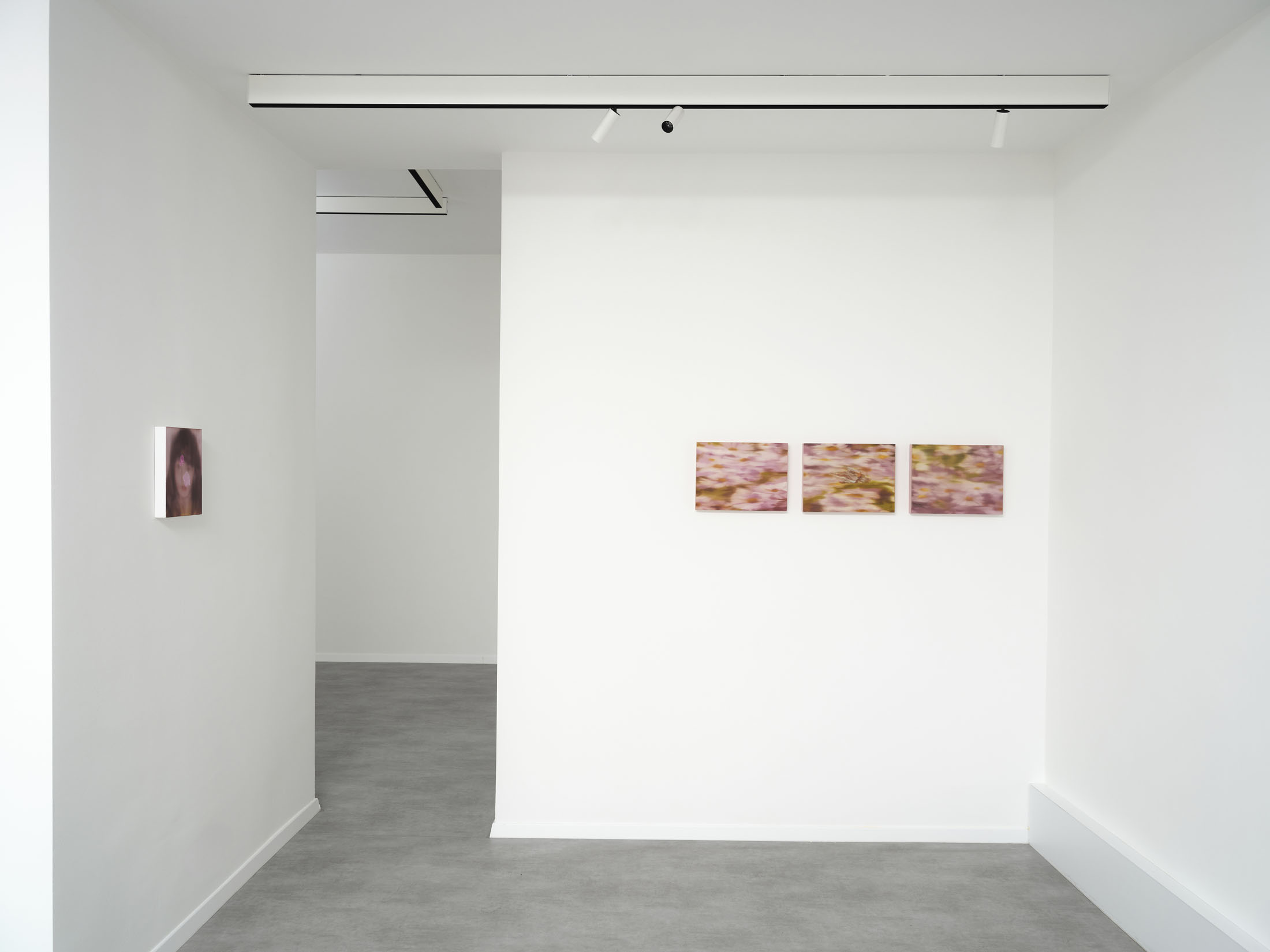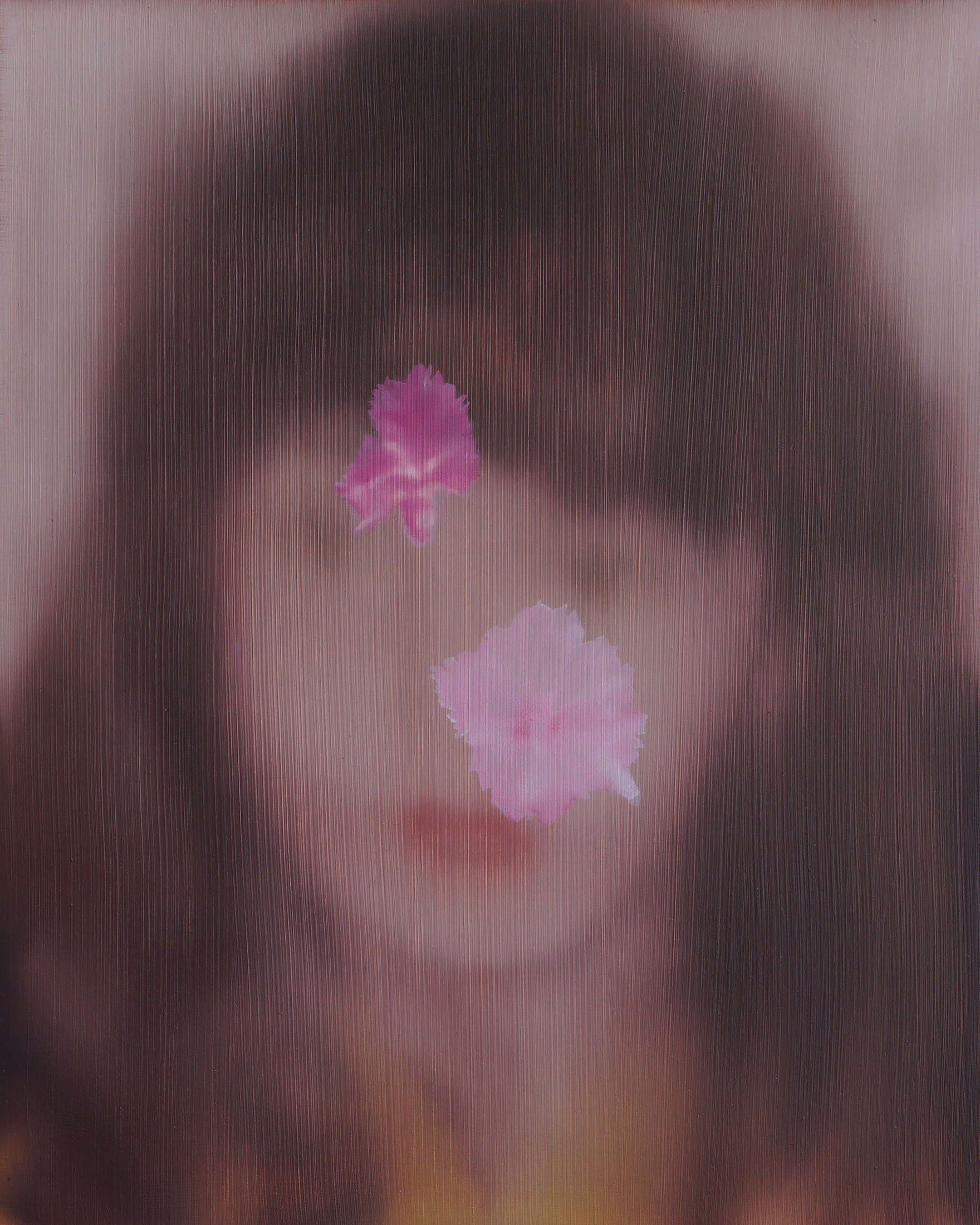
We tell ourselves stories in order to live.
-Joan Didion
Martina Grlić’s Saccharine Idyll draws us in like the tastiest of morsels. It offers a feeling of security and comfort, scenes of simple pleasures and happy memories. Everything seems familiar, harmless, and so we dive into our own recollections. Yet the moment we slip and bite down, a worm writhes free.
Stories are created out of necessity. Out of the struggle to make our way in a fragmented and frightening world. Experiences, decisions, and coincidences follow fast one upon the other, with no order nor distance. This is why we invent stories. Not to make life more pleasant, but to make it liveable. We select, remove, connect, like obsessed architects, until we have constructed some semblance of completeness. The narrative becomes the scaffolding of our identity, adapted to fit our needs. The lure lies not in the existence of the narrative, but rather in our deliberate inclination to embrace it as truth — as the only possible scenario; but what happens when the scaffolding begins to crack?
The only problem was that my entire education, everything I had ever been told or had told myself, insisted that the production was never meant to be improvised: I was supposed to have a script, and had mislaid it. I was supposed to hear cues, and no longer did. I was meant to know the plot, but all I knew was what I saw: flash pictures in variable sequence, images with no “meaning” beyond their temporary arrangement, not a movie but a cutting-room experience. In what would probably be the middle of my life I wanted still to believe in the narrative and in the narrative’s intelligibility, but to know that one could change the sense with every cut was to begin to perceive the experience as rather more electrical than ethical. [1]
All stories sentimentalise. Just like memory. When Martina Grlić takes a photograph from her family albums as a starting-point, she enters into the deceptiveness of memory (because there is no escaping it), consciously working with its distortions. Her paintings are not documents, but rather constructs; what draws us in is the truthfulness of the scene, but the manner in which it is arranged to satisfy us. Decorative props float above sfumato daisies and portraits of smiling women. Everything is rosy, soft, so sweet. The idyll hovers at the edges. “There’s nothing beautiful in these paintings”, says the artist; the familiar at once transforms into the strange. The uncanny creeps in.
What at first glance seemed lovely reveals another, far from pleasant, register: a matrix of desires and fears. The symbols we recognise – the white wedding dress, a cupid, glittering jewellery – simultaneously create a sense of promise and menace. They become the bearers of collective illusions, relics of ideologies that used to provide a framework for us, and now, torn from their sources, they twirl around like defective heraldic tokens.
The pastel idyll no longer soothes us; we’ve been performing in that scene for too long. In Martina Grlić’s paintings sentimentality turns to irony, into a fine needle that bursts the illusion and reveals the mechanisms of the culture of femininity, consumption, and nostalgia, while the inventory of hollow rituals is endlessly inflated. And that which is still given as the norm of happiness – coated in sticky pink icing – leaves a taste that is anything but sweet.
-Martina Rodrigues
––
[1] Joan Didion, The White Album, 1979.






